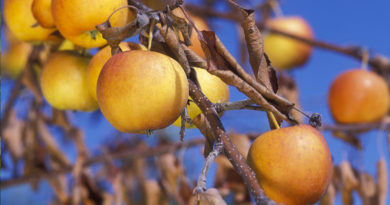About Shrubs

1. To prune or not to prune: when and how.
Shrubs often need pruning to keep them well-shaped and under control, but the timing really depends on the shrub. Spring flowering shrubs should be pruned right after blooming, before the buds are set for next year’s flowers. This would include lilacs, spring flowering spirea and ornamental plums. Cut stems back to where they meet the next large branch and prune just above the collar (the swelling near the junction). The collar contains many plant growth cells and hormones and leaving it on the branch will encourage new growth and healing of the wound.
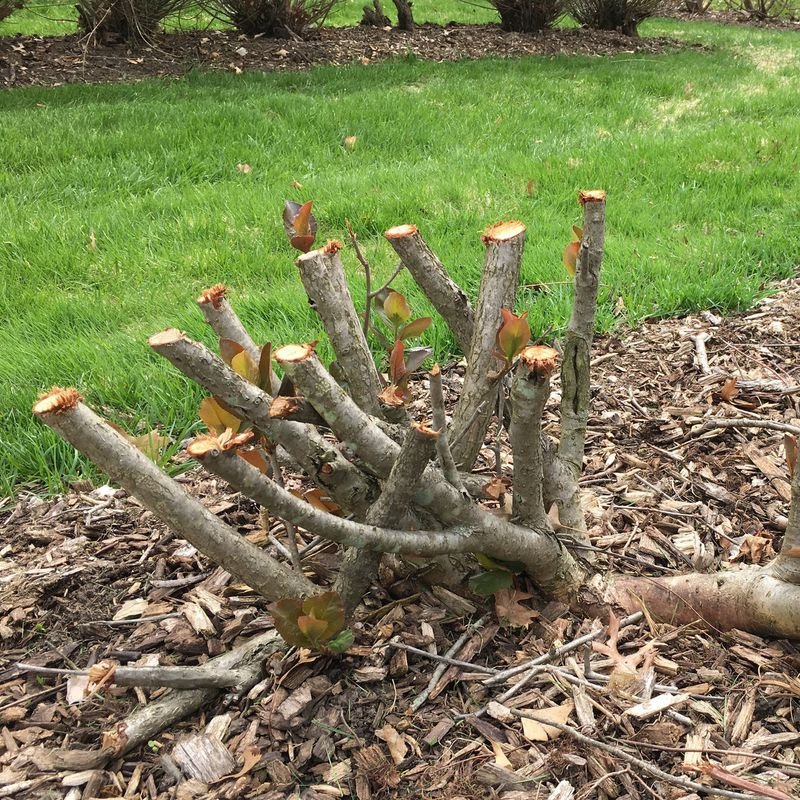
2. Rejuvenation.
Some shrubs do best with constant rejuvenation, meaning you should cut back one-third of the stems right to the ground each year. This keeps the plant young and encourages flowering. Overgrown shrubs can be cut back from the top down, taking about one third of the growth. Shrubs used for hedges, such as lilac, potentilla and caragana, will take considerable pruning – even right back to within six to eight inches of the ground. Sometimes this is what it takes to bring a neglected hedge back to its original lush form. This radical pruning is best done during the dormant season.
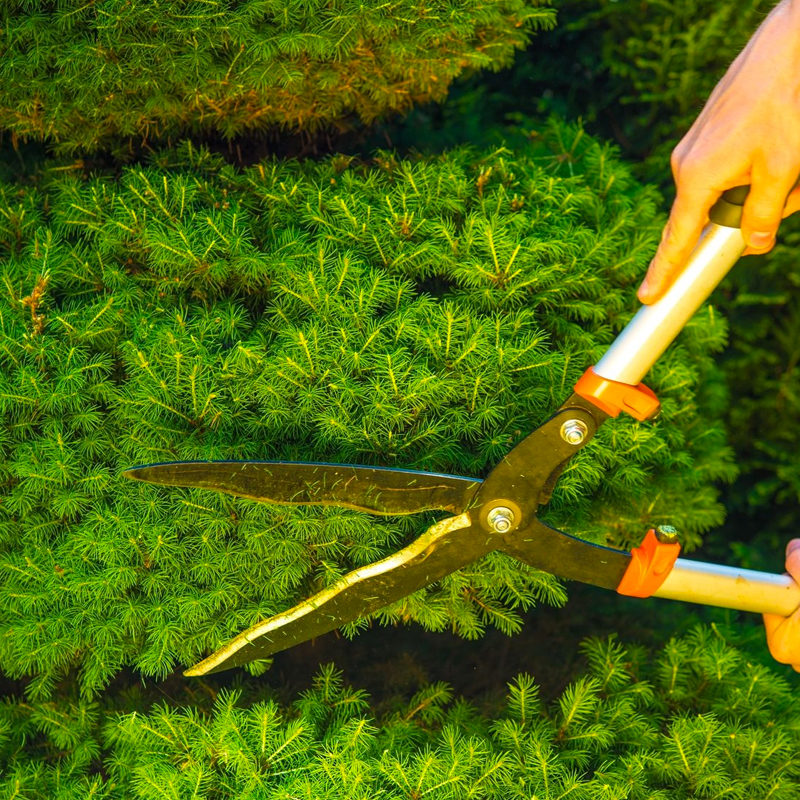
3. Pruning evergreen shrubs.
Pruning evergreens is a bit trickier. Conifers, such as spruce and cedar, should not be pruned back behind the greenery because they won’t grow new leaves from there. If you do need to prune them for shaping purposes, do this sparingly and in winter while they are still dormant. Any dead or diseased branches should be pruned out as soon as the problem crops up.
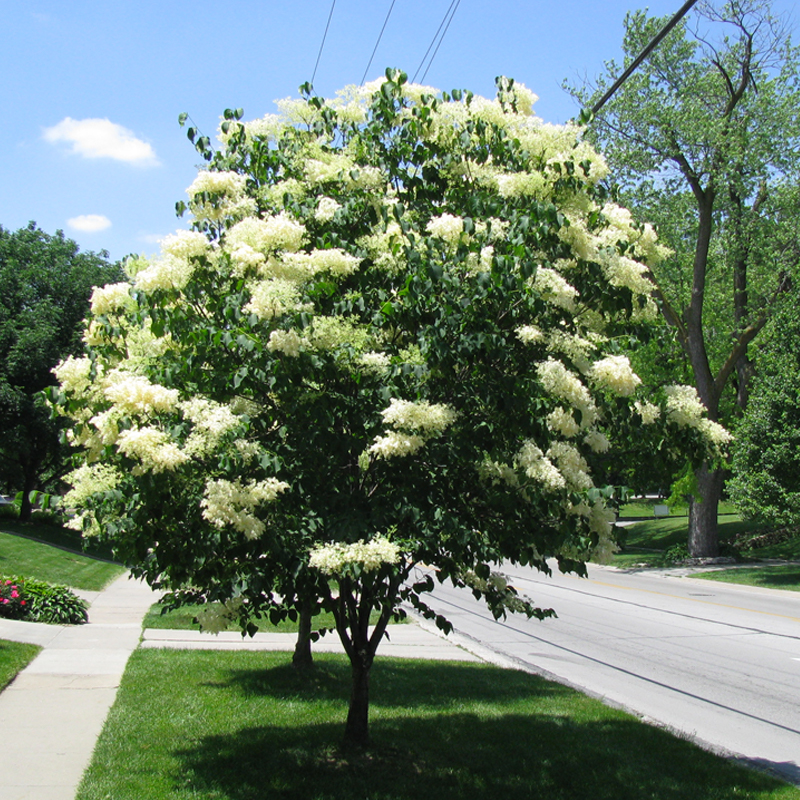
4. Shrub or tree?
Shrubs can be pruned down to create a single stemmed ‘tree’, something that gardeners dealing with very small spaces find quite useful. Choose a shrub with a strong central stem, then prune out all the other stems before you plant. Give your new tree some support with a stake placed as near to the trunk as possible and tied in several places to keep it growing upward. Prune off any side shoots that emerge below the point where you want the canopy to develop. You can also prune these top shoots back by half to encourage denser growth. Good candidates for this treatment include Amur maple, lilac, burning bush and double-flowering almond.
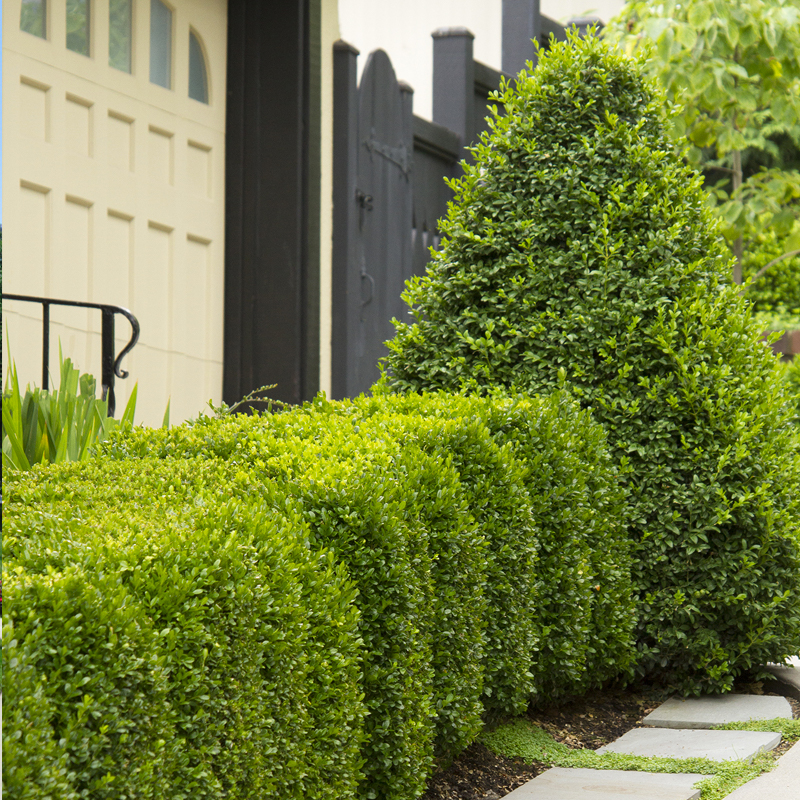
5. Boxwood in zone 3.
Green Mountain boxwood is generally hardy to Zone 3. It reaches a height of five feet with a three-foot spread. It’s a slow grower and will live 30 years. It is not very drought tolerant so be sure it gets enough moisture and full sun to partial shade. Another variety that is hardy to Zone 4 is ‘Wintergreen’ which grows only to a height of three feet. Both these boxwoods are worth a try in the cooler parts of the country.
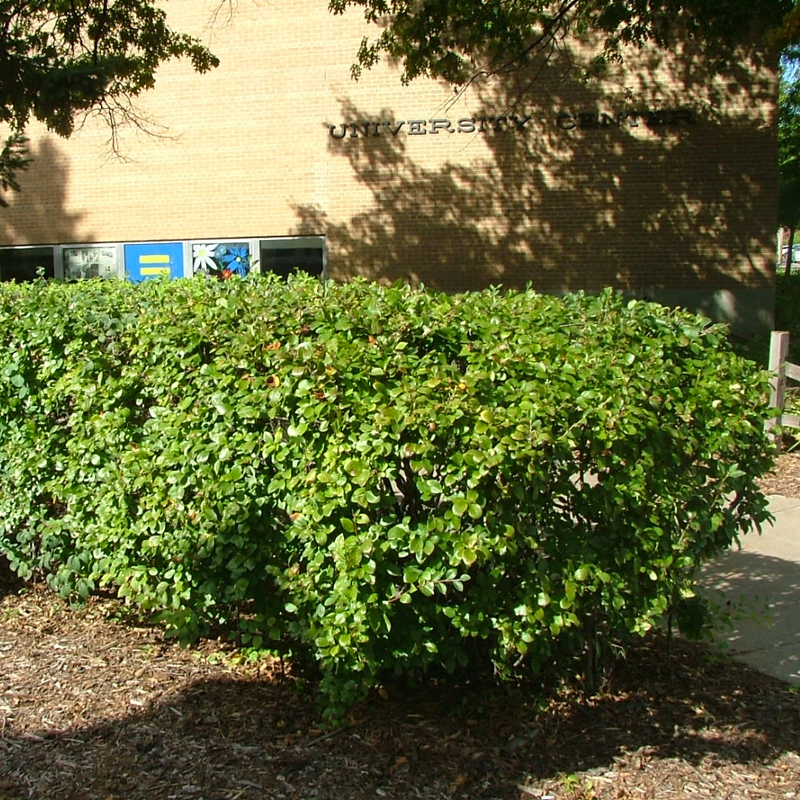
6. Boxwood look-alikes.
Plant cotoneaster (the variety to use is Cotoneaster lucidus) to take the place of boxwood. It turns a pleasing orange in fall. Another alternative is little leaf lilac (Syringa microphylla). Both of these plants are completely hardy and can be kept small and well pruned. Pruning the lilac is often done at the sacrifice of blooms if you want to keep the hedge well-groomed.
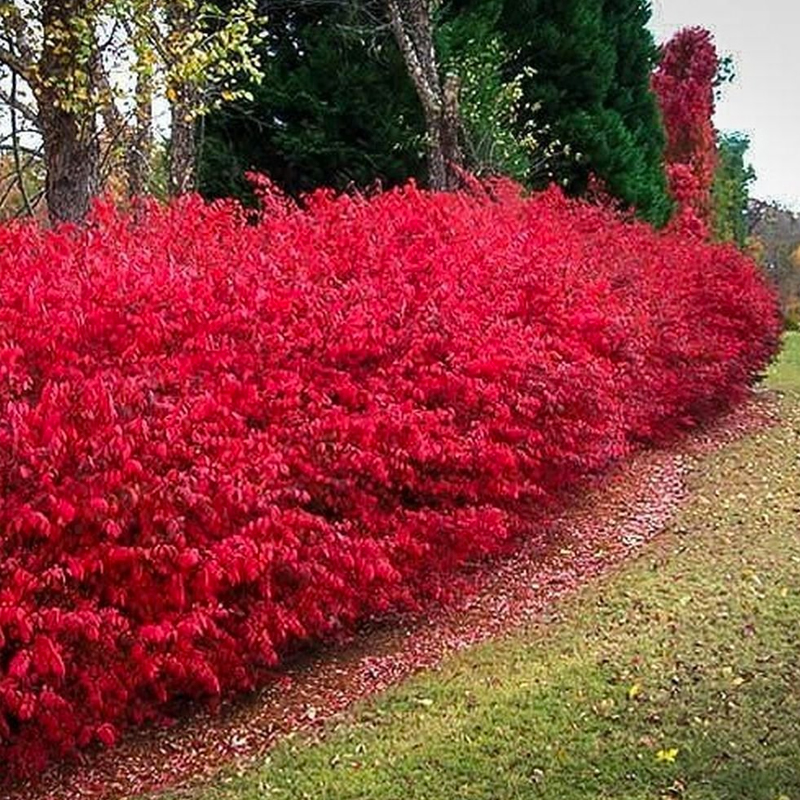
7. Shrubs for colour.
Shrubs are the backbone of your garden. They add structure and interest and often beautiful foliage colour, from lime green to black, from bright orange to wine-coloured, from shiny dark green to silvery grey. Consider winged burning bush (Euonymous alatus) for glowing orange fall colour, silverscape olive (Elaeagnus ‘Jeffmorg‘) for a cool grey-green foliage, ‘Little Devil’ ninebark (Physocarpus opulifolius) for burgundy leaves and ‘Sutherland Gold’ elder (Sambucus racemosa) for a glowing chartreuse colour. All coloured foliage shows better in a sunny location which allows the colour to develop.
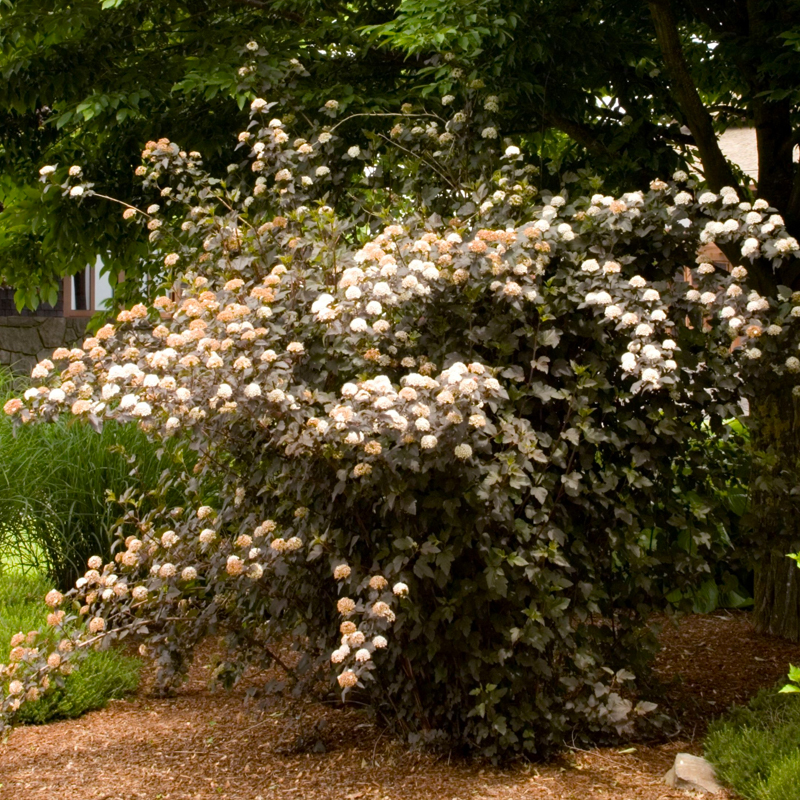
8. Shrubs for shade.
Evergreens such as juniper do well in shade, but deciduous shrubs that thrive here are harder to find. Dogwoods, nannnyberry, ninebark, euonymous, and false spirea will all tolerate some shade. Very little will grow in deep shade that never sees the sun. Put a fountain surrounded by some gravel there.
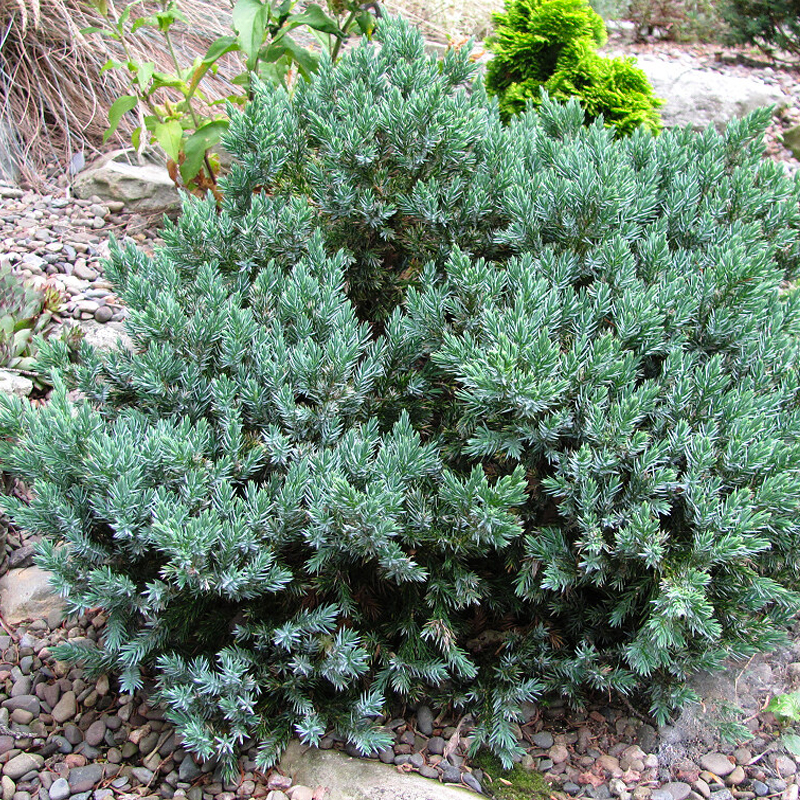
9. Evergreens and conifer shrubs.
There are so many pretty little evergreen shrubs to choose from today you could build a whole garden of them and never tire of all the variety. If the location you wish to plant in is dry, sunny and exposed to wind, think about using juniper instead of cedar which is vulnerable to sunscald in winter. Cedar does best in a location that is somewhat sheltered and not exposed to the relentless sun of late winter. There is also a whole list of dwarf conifers that add structure and interest to the garden.
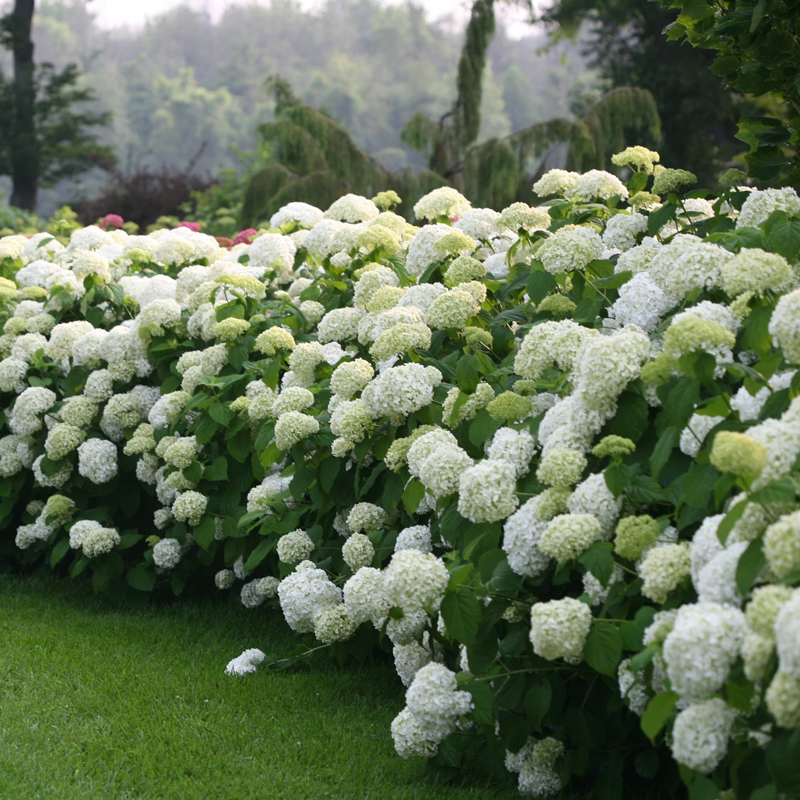
10. Hydrangea.
In a class by itself is beautiful, glamorous hydrangea. For cooler areas, there are two types: big-leaf hydrangeas (H. macrophylla and H. arborescens) which include the luxurious mop heads, and little leaf hydrangeas (H. paniculata), much easier to grow and which include the majority of new hardy types. They can tolerate some shade and in spite of their watery name, some of the paniculatas do quite well with little water. Do not over-fertilize these shrubs.
– Dorothy Dobbie Copyright©
Pegasus Publications Inc




